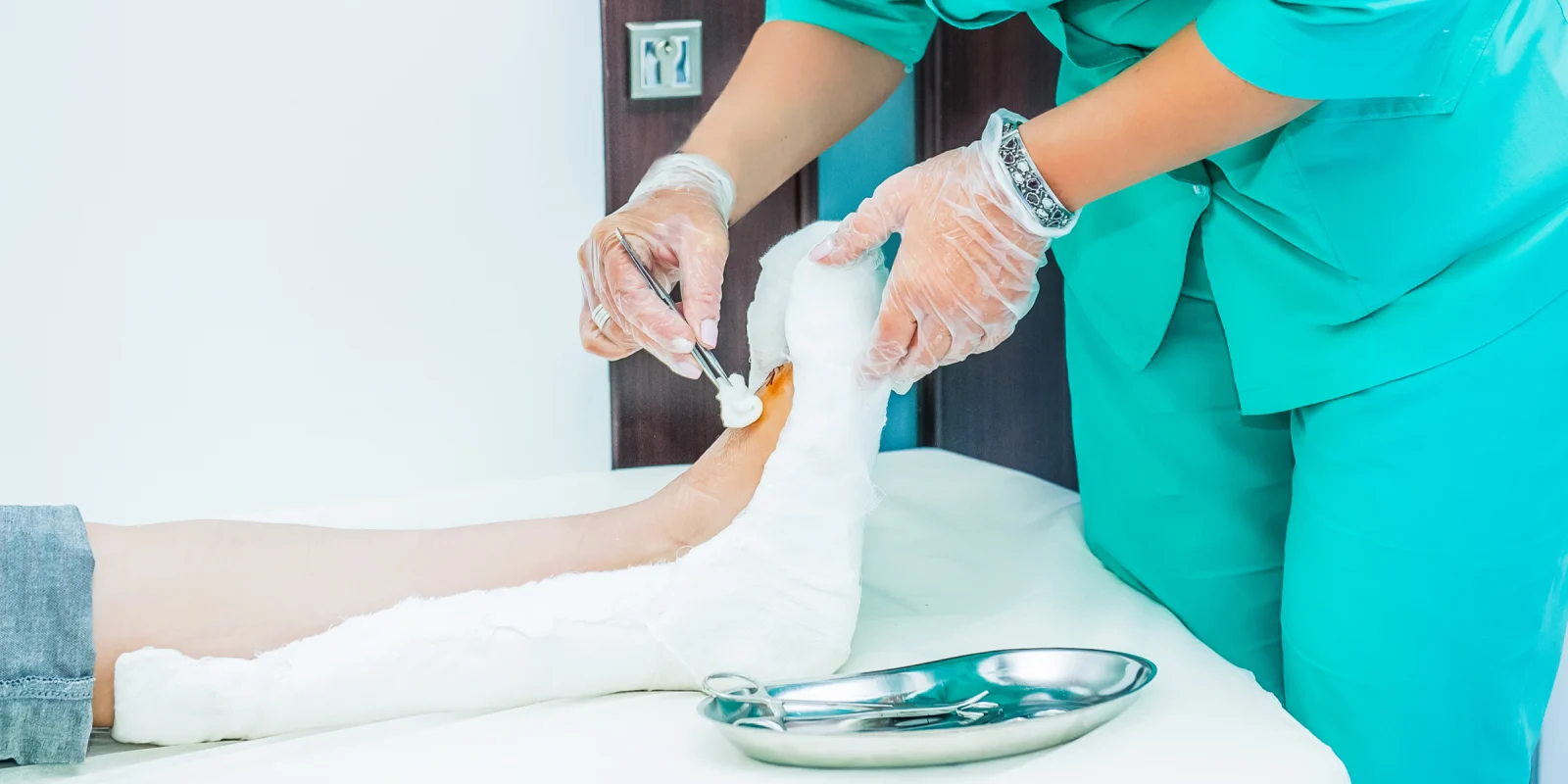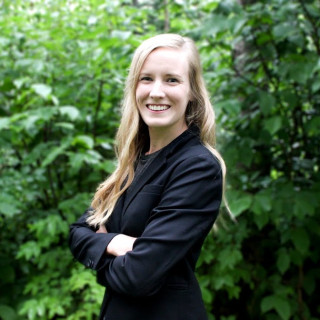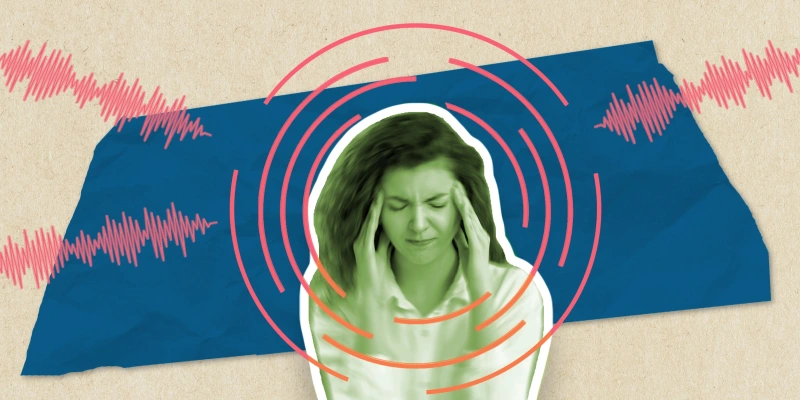It sounded like nails on a chalkboard — except that it was actually metal on bone. Scrape. Scrape. Scrape, scrape, scrape. It took all of my willpower to hold my ground rather than run out of the room.
I looked at the patient and tried to gauge how she felt about this man scraping her bone with what looked like a metal claw. Her eyelids fluttered, but other than that she appeared calm. I guess after 71 weeks of wound care, you get used to it. I watched my preceptor stick his instrument 8 centimeters into her leg, tracking the tunneling and measuring the pocket underneath. He grabbed a piece of gauze, leaving the metal tool sticking out of her leg. I’m not sure I could ever get used to it.
I had expected that my wound care rotation might be a little, well … gross. I hadn’t, however, thought about the chronicity of these patients’ injuries or how drastically their wounds affected their lives. Many of the patients had been coming weekly for years, unable to bear weight fully on their feet due to their open sores, or wheelchair-bound with pressure ulcers that had little chance of ever healing. I hadn’t expected to see the most chronically and terminally ill patients of my entire medical school career in a wound care clinic.
I couldn’t help but think about how I would react if I was in the patient’s place. How would I feel if I had to wear a surgical boot for over a year to try to offload my heel wound? What would happen to my mental health if I was faced with amputation due to the osteomyelitis in my foot? Would I be able to persevere if I had a 6-centimeter pressure ulcer from my wheelchair seat?
These patients were poked, prodded, stabbed, debrided, scraped, bandaged, wrapped, and sent on their way. Their visits were often quite painful and involved staring at gaping holes in their body. It is not an experience I would wish on anybody.
I couldn’t help but notice, though, that the patients thanked their wound care doctor and nurses more than the patients on any other rotation I’d attended. Nearly every patient expressed profuse gratitude for those caring for their wounds. I couldn’t help but think about how depressed and angry I would be in these patients’ positions — yet their general attitude tended to be positive and full of appreciation. They were so thankful to have kind people smiling at them and joking with them, to have people to talk to who had a little understanding of what their experience was, to not feel ashamed of their wounds, to have someone offer them a little bit of hope.
These patients were braver than I could imagine being and filled with resilience despite their uphill battles. And the kindness and consistency of the wound care team helped them heal. Not only were these doctors and nurses decreasing the burden of these patients’ physical wounds, but they were also helping them heal emotionally by forming positive, encouraging relationships.
I had expected to leave my wound care rotation feeling a bit beaten down. Instead, I feel renewed. I feel inspired to build relationships with my patients like the ones I witnessed in wound care, in whatever specialty I end up in. No matter the hardships a patient faces, a compassionate, caring, and supportive doctor can help heal not only their physical ailments, but the emotional distress that accompanies any and every health problem.
Which clinical rotation in your medical training was the most meaningful? Share your answer, and the reason why, in the comments section.
Bailey Wolding was born and raised in Appleton, WI before attending University of Wisconsin – Madison for her undergraduate degree. She graduated in three years with a biology major and then spent one year as a sea kayak and cross country ski guide in Northern Minnesota. She is now in her fourth year of medical school at Des Moines University in Iowa and enjoys camping, canoeing, running, baking bread, gardening, and playing with her dog, Lana. She is a 2020–2021 Doximity Op-Med Fellow.
Image by Okrasiuk / Shutterstock







